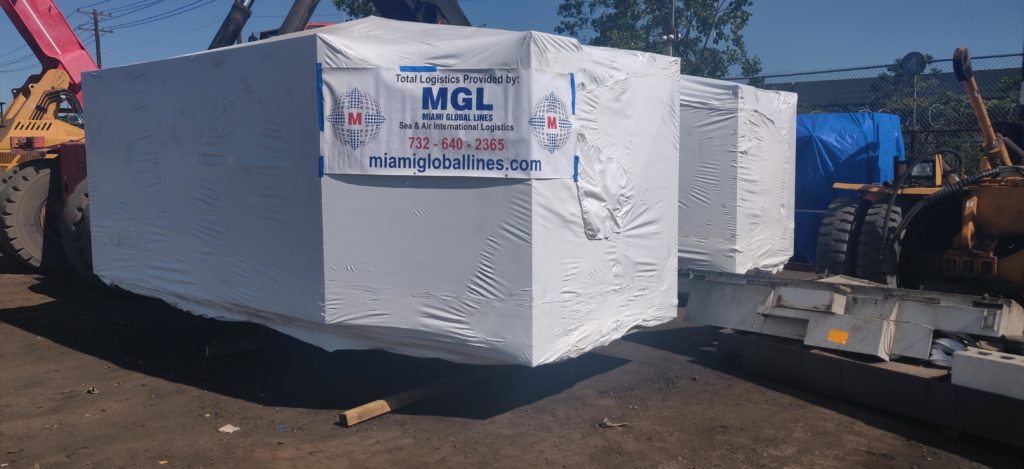 Have you recently acquired machinery or heavy equipment from the United States for your business and are now contemplating how to transport it to your facility overseas? The process of moving heavy machinery across borders can be a complex endeavor, but with careful planning and the right approach, it can be streamlined for success.
Have you recently acquired machinery or heavy equipment from the United States for your business and are now contemplating how to transport it to your facility overseas? The process of moving heavy machinery across borders can be a complex endeavor, but with careful planning and the right approach, it can be streamlined for success.
Before embarking on the logistics journey, it’s crucial to thoroughly understand the machinery or equipment you’ve purchased. Take note of its size, weight, and any special handling requirements. This information will be vital in determining the appropriate shipping method and ensuring its safe transportation.
A reputable freight forwarder will be your guiding compass throughout the logistics process. Look for a freight forwarding company with experience in transporting heavy machinery internationally. They will handle the logistics, documentation, and coordination necessary for a smooth transit.
Navigating customs regulations is a critical part of the process. Ensure that all required documentation, such as bills of lading, commercial invoices, and import permits, are in order. Your chosen customs broker can provide valuable assistance in this regard, helping you comply with the necessary regulations and avoid potential delays.
Proper packaging and handling are essential to protect your machinery during its journey. Collaborate closely with your supplier to ensure that the machinery is appropriately secured and labeled with handling instructions. Utilize suitable packing materials to minimize the risk of damage during transportation.
Once your machinery reaches its destination country, coordinate its transportation from the port or airport to your facility. Depending on the machinery’s size and local transportation regulations, you may need the assistance of specialized rigging and heavy-haulage companies to ensure a safe and efficient delivery. Door to door service from a freight forwarder such as Miami Global Lines can help you with this.
Upon arrival at your facility, plan for the installation and testing of your machinery. Experienced technicians should oversee this process to ensure that the machinery is correctly set up and fully operational. Rigorous testing is essential to confirm its functionality and efficiency.
Transporting machinery or heavy equipment from the United States to your overseas facility may seem like a daunting task, but with proper planning and the right partners, it can be managed successfully. Understanding your machinery’s requirements, selecting the appropriate shipping method, working with reliable freight forwarders and customs experts, and ensuring thorough documentation are key steps to a smooth logistics journey. By following these guidelines, you can navigate the complexities of international machinery transport and unlock the benefits of expanding your business with U.S.-sourced equipment.